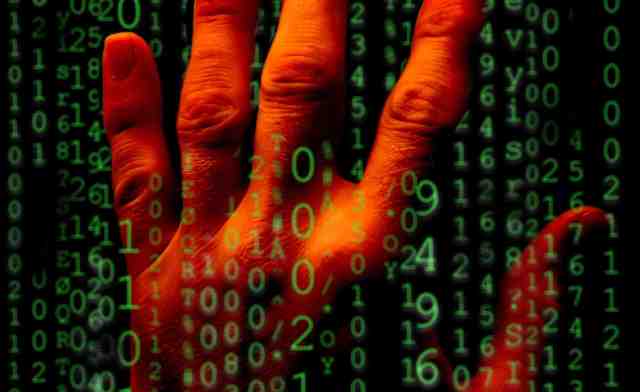Computer versus Humanity: which is most human?

Computer chess programs now routinely beat even the best human competition. A recent match between the former Jeopardy champions Ken Jennings and Brad Rutter and a computer (IBM’s “Watson”) resulted in the dismantling of the humans on the famous game show.
For those who wonder if there is any competition remaining in which humanity has even a chance at besting a computer, there is Brian Christian’s first book, The Most Human Human.
The book explores philosophical and moral issues associated with the annual artificial intelligence (AI) event known as the Turing Test, named for the British mathematician, Alan Turing, one of the founders of the computer science discipline.
Over his career, Dr. Turing attempted to answer the question: “Can machines think?” He proposed an experiment in 1950 in which a panel of judges would pose questions by computer terminal simultaneously to two unseen correspondents, one a software program and the other a human being. In 2009, 55 years following Turing’s death, Brian Christian was invited to attend the Turing Test event as one of the “human correspondents.”
The intention of the test is simply to determine if the judges can correctly discern the computer/software program from the human correspondent. The dialogue is not limited. It ranges from facts of any kind to celebrity gossip to philosophy. Christian pored over transcripts of competitions past and found “reams (literally) of small talk and chitchat and “how’s it going?” and basic world-knowledge questions”…
Turing had predicted that by the year 2000, computers would be able to fool 30% of human judges after five minutes of conversation. He assumed “one will be able to speak of machines thinking without expecting to be contradicted.”
Turing’s prediction had not come to pass in 2000. However, in 2008 the computer fell short by only one vote. Christian anticipated that 2009 would serve as the year in which the computer achieved Turing’s projection in winning “The Most Human Computer” award. The author admits some trepidation as he vies for the human correspondent’s “most votes” award as “Most Human Human.”
The author described the test as the “intersection of computer science, cognitive science, philosophy, and daily life,” topics he is well suited to discuss. Christian is a graduate of Brown University, with a dual major in computer science and philosophy. He also has an MFA in poetry from the University of Washington. Mr. Christian has written previously for both literary and scientific journals, a helpful combination.
Christian ignored the guidance of the organizers of this event, who suggested he should “just show up,” and “be himself.” Instead he decided to express his “disobedience” by actively preparing for this test of humanity, spending months in advance to do “more” than merely “show up.”
This preparation is the main focus of the book.
Christian’s goal is also expressed as an effort to give the “most human” performance versus other members of the human species as well as the computer opposition. He distinguishes between “being human” and “being a human”, which may seem obvious enough. The reality is that computer programs that purport to be “human” are in truth a collection of human voices and a “puree” of human experiences, rather than the single, stable, individual perspective and identity of a human.
In describing what makes the Turing test bots appear human, the author endeavors to explore what makes each of us uniquely human, and the many ways in which we, as individuals, and our society fail in showing our humanity. “In the world of machines, we authenticate on content: password, PIN, last four digits of your Social Security number, your mother’s maiden name. But in the human world we authenticate on form: face, vocal timbre, handwriting, signature. And, crucially, verbal style.” Christian recounts an experience we have all faced, being “nexted in customer service”, “where the disruption of intimacy seems almost tactical.”
He veers on a tangential path, almost a stream of consciousness in places. The author incorporates topics from cleavage gazing (“hey, I’m up here”) to Aristotle to neurology to the game of chess in one seemingly endless and breathless sentence intended to explain our species’ preoccupation with “our place among the rest of creation.” Woven into this disjointed but entertaining section are quotes and references from Corinthians to Studs Terkel to Pablo Picasso among others.
As disconnected as this may seem from the main topic, the author succeeds in holding on to the reader’s attention, and ultimately brings it all together in returning to more scientific analysis. It is the explanation and exploration of the computer science theory behind this test and the manner in which the participants employ it that is most interesting, and ultimately delivers on the stated objective of his book.
Christian is quite effective in taking the complex topics of artificial intelligence and computer science and simplifying them for the novice reader.
*****
THE MOST HUMAN HUMAN
What Talking with Computers Teaches Us About What It Means to Be Alive
By Brian Christian
320 pp. Random House. $27.95.
Release date: March 1, 2011
****
Photography from: Pacific.edu